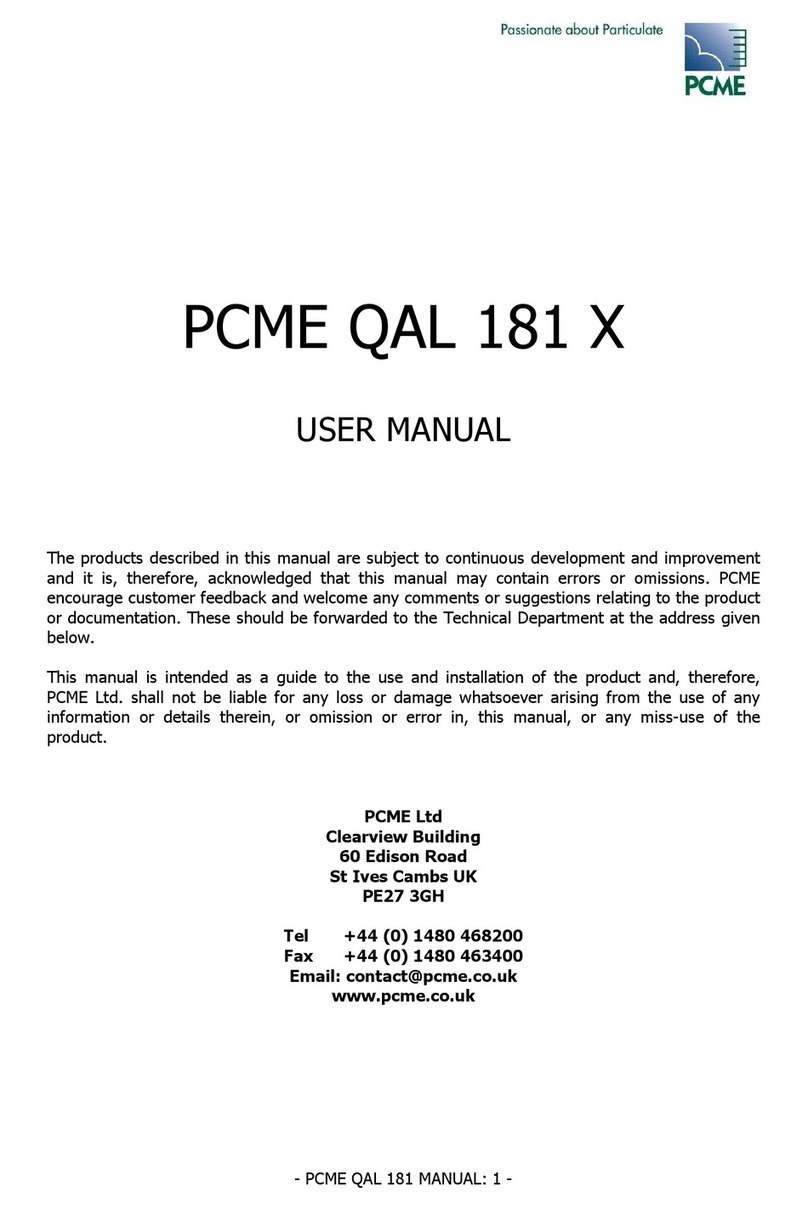
- PCME STACK 990 MANUAL: 4 -
5
INTERFACE MODULE INSTALLATION ...............................................................28
5.1
S
AFETY
................................................................................................................. 28
5.2
T
OOLS AND
M
ATERIALS
.............................................................................................. 29
Data Cabling Specification ..................................................................................... 29
Power Supply Cabling Specification ......................................................................... 29
5.3
L
OCATION
R
EQUIREMENTS
.......................................................................................... 29
5.4
C
OMPONENT
L
OCATION
.............................................................................................. 30
5.5
I
NSTALLATION
......................................................................................................... 31
Mounting the Interface Module............................................................................... 31
Data Cable Connection .......................................................................................... 31
RS232/RS485 Connections..................................................................................... 31
Digital Input Connections ...................................................................................... 32
4-20 A Output Connections .................................................................................. 32
Alar Contact Connections .................................................................................... 32
Power Supply Connections..................................................................................... 33
6
INITIAL SET-UP ................................................................................................34
6.1
I
NTRODUCTION
....................................................................................................... 34
6.2
P
OWER
-U
P
............................................................................................................. 34
6.3
C
HECKING THE
C
OMMUNICATIONS
M
ODE
......................................................................... 34
6.4
A
UTODETECT
S
ENSORS
.............................................................................................. 35
6.5
E
DITING
B
ASIC
S
ENSOR
S
ETTINGS
................................................................................ 36
6.6
C
ALIBRATION
F
ACTOR
............................................................................................... 37
6.7
E
MISSION
A
LARM
S
ETTINGS
........................................................................................ 38
6.8
S
ET
T
IME
/
D
ATE
..................................................................................................... 39
6.9
4-20
M
A
S
ETTINGS
................................................................................................... 40
Scaling and Filtering 4-20 A Outputs ..................................................................... 40
Testing and Calibrating 4-20 A Outputs ................................................................. 41
Analogue Output Modules...................................................................................... 42
Testing and Calibrating AOM 4-20 A Outputs.......................................................... 43
Setting local 990 Sensor 4-20 A Outputs ................................................................ 44
6.10
R
ELAY
S
ETTINGS
................................................................................................. 45
Multicontroller and Interface Module Relays............................................................. 45
Relay Output Modules (ROM) ................................................................................. 47
Testing Relay Ouput Modules................................................................................. 49
Local 990 Sensor Relay Output............................................................................... 49
6.11
L
OG
R
ATES
........................................................................................................ 51
6.12
M
ORE
S
ENSOR
S
ETTINGS
....................................................................................... 51
Manually Add Sensors ........................................................................................... 52
Editing Sensor/Device Settings ............................................................................... 53
Delete Sensor/Device ............................................................................................ 53
Editing Settings for all Sensors/Devices at Once ....................................................... 54
Advanced Settings ................................................................................................ 54
QUALITY ASSURANCE AND SELF TESTS ...........................................................55
7.1
I
NTRODUCTION
....................................................................................................... 55
7.2
PCME
STACK
990
S
ENSOR
S
ELF
T
ESTS
........................................................................ 56
Zero check and Span Checks.................................................................................. 56
Short Circuit Check ............................................................................................... 56
Conta ination Ring Check ..................................................................................... 56




























